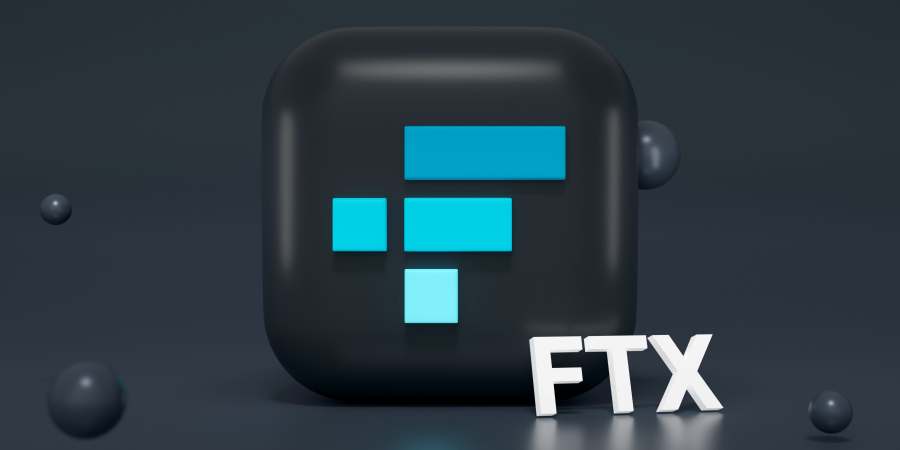The FTX saga highlights the importance of D&O insurance for cryptocurrency companies. D&O provides a financial safety net for companies in this high-risk industry but getting the right cover is key.
FTX: Crypto king to convicted fraudster
At the start of 2022, FTX was one of the world’s largest cryptocurrency exchanges valued at $32 billion. The company’s co-founder and CEO, Sam Bankman-Fried, was fêted as the King of Crypto.
Just 11 months later, in November 2022, the company filed for bankruptcy, sending shockwaves through the nascent crypto industry. FTX’s collapse was triggered by a surge in customer withdrawals, which exposed the exchange’s lack of liquidity. Investors scrambled to withdraw funds totalling an estimated $6million in just three days.
Shortly afterwards, in December 2022, the U.S. government brought civil and criminal charges against Bankman-Fried and other top executives. They were accused of misappropriating over $8 billion in customer deposits, laying the groundwork for an insolvency, and generating false financial statements inflated with niche token holdings to mask a shortfall in funds.
In November 2023, SBF was found guilty of all seven criminal counts against him. He is awaiting sentence in March 2024.
The vast majority of the funds that were misappropriated have not been recovered. The US Securities and Exchange Commission (SEC) is continuing to investigate the FTX scandal and may recover additional funds in the future. However, it is likely that many investors will never see their money again.
D&O insurance to SBF’s rescue
After he was charged, Bankman-Fried filed a claim under the company’s Directors and Officers (D&O) Insurance four insurance policies seeking coverage for his legal defence costs. Each policy had a $5million policy limit. So far, so normal.
However, with a $5 million limit on each policy, and several FTX executives competing for the funds, there simply wasn’t enough money to go round. This led to a messy, and ongoing, dispute regarding how the $20 million in D&O coverage should be allocated among the numerous lawsuits filed against FTX’s directors and officers.
Things got even messier. FTX’s second level excess insurer, Continental, tried to deny SBF’s claim, arguing that the fraud exclusion should apply. He responded by suing them arguing that the primary and first layer excess insurers had paid out in full.
This may seem incredulous, given that Bankman-Fried was subsequently found guilty of fraud and money laundering, a conviction which implies an element of intent to the criminal activity. However, fraud exclusions can only be applied once the accused party is convicted of fraud.
Another FTX executive, Daniel Friedberg, former general counsel of FTX trading, entered the fray, arguing that he had received nothing from the first two $5 million layers in insurance and that he should also benefit under the second level of insurance.
This lawsuit was subsequently withdrawn but has raised major questions about levels of D&O insurance cover and how the proceeds are distributed when there are multiple directors and officers making competing demands.
The implications of FTX’s D&O insurance claim
The FTX D&O insurance claim has significant implications for the cryptocurrency industry and for D&O insurance coverage more broadly. It is a rare case in which a D&O insurer has been found liable for covering the legal defence costs of executives who have been accused of fraud and criminal activity. This could affect the willingness of insurers to provide D&O coverage to cryptocurrency companies.
It also raises questions over the traditional first-come, first-served strategy of paying D&O legal fees until the limits are reached and highlights the complexities involved in drafting policy terms.
The future of D&O insurance in the cryptocurrency industry
There are some important takeaways of this cautionary tale for the cryptocurrency industry.
The FTX scandal underscores the crucial role of D&O insurance for cryptocurrency companies in protecting directors and officers from personal liability for claims arising from their business decisions.
Of course, most directors and officers are not fraudsters and will advocate good corporate governance with strong internal controls and regular risk assessments. Nevertheless, the cryptocurrency industry is highly volatile and largely unregulated, factors which heighten the risks of personal liability for millions of dollars in damages in the event of a lawsuit. Balance this against the cost of D&O insurance, which is relatively low, especially when compared to the potential liability that directors and officers face, and it is clear that D&O insurance is an indispensable investment that shouldn’t be underestimated or undervalued.
The FTX saga also shows the importance of tailoring D&O insurance to the specific needs of a company. There are a wide variety of D&O insurance policies available, and policy terms need to closely match a cryptocurrency company’s risk profile. The devil is in the detail, which is why it is essential to work with a specialist broker who can help navigate the complexities of this type of policy.
And finally, the FTX case is likely to prompt insurers to develop more sophisticated underwriting criteria and risk assessment tools for cryptocurrency companies. This is likely include stricter and more detailed due diligence on a company’s business model, risk management practices, and cybersecurity measures. As it becomes more difficult to procure D&O insurance, working with a specialist advisor such as Continuum could make all the difference.
Continuum has a solid track record of helping companies in the digital asset ecosystem to assess their D&O insurance needs and procure a comprehensive policy to adequately protect senior decision makers. If you work in the crypto, digital assets and Defi space, why not benefit from our in-depth knowledge of the industry and the appetite of insurers to find the right solution for your business?
Talk to us today.
